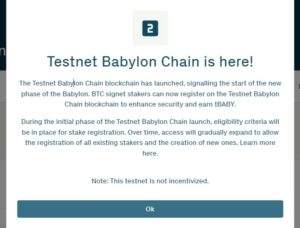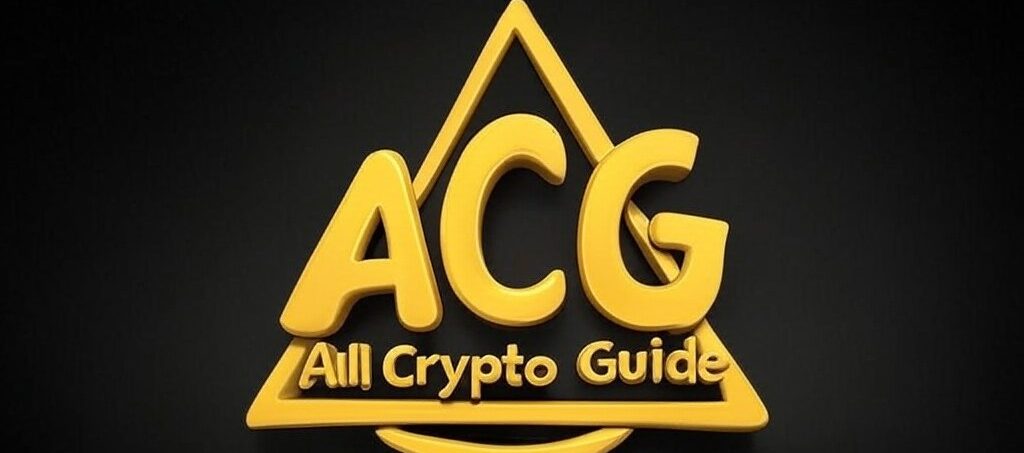The internet has undergone massive transformations since its inception. From static web pages (Web1) to the interactive platforms of today (Web2), the digital world is now moving towards its next phase—Web3. But what exactly is Web3, and how does it differ from Web2? This article explores the fundamental distinctions between these two internet paradigms and what Web3 means for the future of online experiences.

The Evolution of the Internet: Web1, Web2, and Web3
Web1: The Static Web (1990s – Early 2000s)
- Read-only web
- Limited user interaction
- Primarily text-based websites with basic hyperlinks
Web2: The Interactive Web (Mid-2000s – Present)
- Read-write web
- Social media, e-commerce, and cloud computing
- Centralized platforms like Facebook, Google, and Amazon dominate
- User-generated content and engagement
Web3: The Decentralized Web (Emerging Era)
- Read-write-own web
- Blockchain and decentralized applications (dApps)
- Cryptocurrencies, NFTs, and smart contracts
- Focus on privacy, security, and digital ownership
Key Differences Between Web2 and Web3
| Feature | Web2 | Web3 |
|---|---|---|
| Ownership | Controlled by corporations (Google, Facebook, etc.) | Decentralized, user-owned (Blockchain-based) |
| Data Control | Centralized storage (Big Tech controls user data) | Users have full control over their data and privacy |
| Security | Prone to data breaches and hacks | Enhanced security through encryption and decentralization |
| Monetization | Ads and data monetization | Direct transactions via crypto, eliminating middlemen |
| Interoperability | Limited cross-platform interaction | Open protocols enable seamless interoperability |
| Censorship | Platforms control content moderation | Censorship-resistant through decentralization |
The Advantages of Web3
1. User Control & Ownership
Web3 gives users full control over their digital identities and assets, unlike Web2, where corporations monetize user data without direct compensation.
2. Decentralization & Security
Blockchain technology ensures that no single entity has control over the network, reducing the risk of cyberattacks and unauthorized access.
3. Transparent & Trustless Transactions
Smart contracts eliminate the need for intermediaries, enabling direct peer-to-peer transactions with transparency and trust.
4. Tokenization & New Business Models
With NFTs and cryptocurrencies, Web3 introduces innovative ways for creators and businesses to monetize their content and services.
Challenges of Web3 Adoption
While Web3 offers promising advancements, there are still obstacles to widespread adoption:
- Scalability issues: Blockchain networks need to support mass adoption.
- User experience (UX) complexity: DApps and crypto wallets require technical knowledge.
- Regulatory uncertainty: Governments are still defining legal frameworks for decentralized technologies.
- Energy consumption: Some blockchain networks consume high energy, though newer solutions aim to address this.
The Future of Web3
Web3 is still in its early stages, but it holds immense potential for reshaping digital experiences. As blockchain technology advances, we may see a shift from centralized platforms to decentralized ecosystems where users have more autonomy over their online presence.
For a deeper dive into Web3 and its potential impact, check out this comprehensive guide: What is Web3? A Beginner’s Guide to the Decentralized Internet.
Conclusion
Web3 represents the next phase of the internet, offering decentralization, user ownership, and enhanced security compared to Web2. While challenges exist, the shift towards a more user-controlled and transparent web is inevitable. Understanding these differences is crucial for businesses, developers, and users looking to navigate the future of digital interactions.
FAQ
1. What is the main difference between Web2 and Web3?
Web2 is centralized and controlled by corporations, while Web3 is decentralized, giving users full control over their data and digital assets.
2. How does Web3 improve security?
Web3 leverages blockchain technology and encryption to enhance security, reducing risks like data breaches and hacks.
3. What role does blockchain play in Web3?
Blockchain provides the foundation for decentralization, enabling smart contracts, cryptocurrencies, and secure, transparent transactions.
4. Will Web3 replace Web2?
Web3 is still evolving and will likely coexist with Web2 for a long time, gradually transforming the internet rather than completely replacing it.
5. How can I get started with Web3?
You can start by exploring blockchain-based applications, using a crypto wallet, and learning about decentralized finance (DeFi) and NFTs.
Are you ready for the decentralized future? Join the conversation and explore Web3 today!




